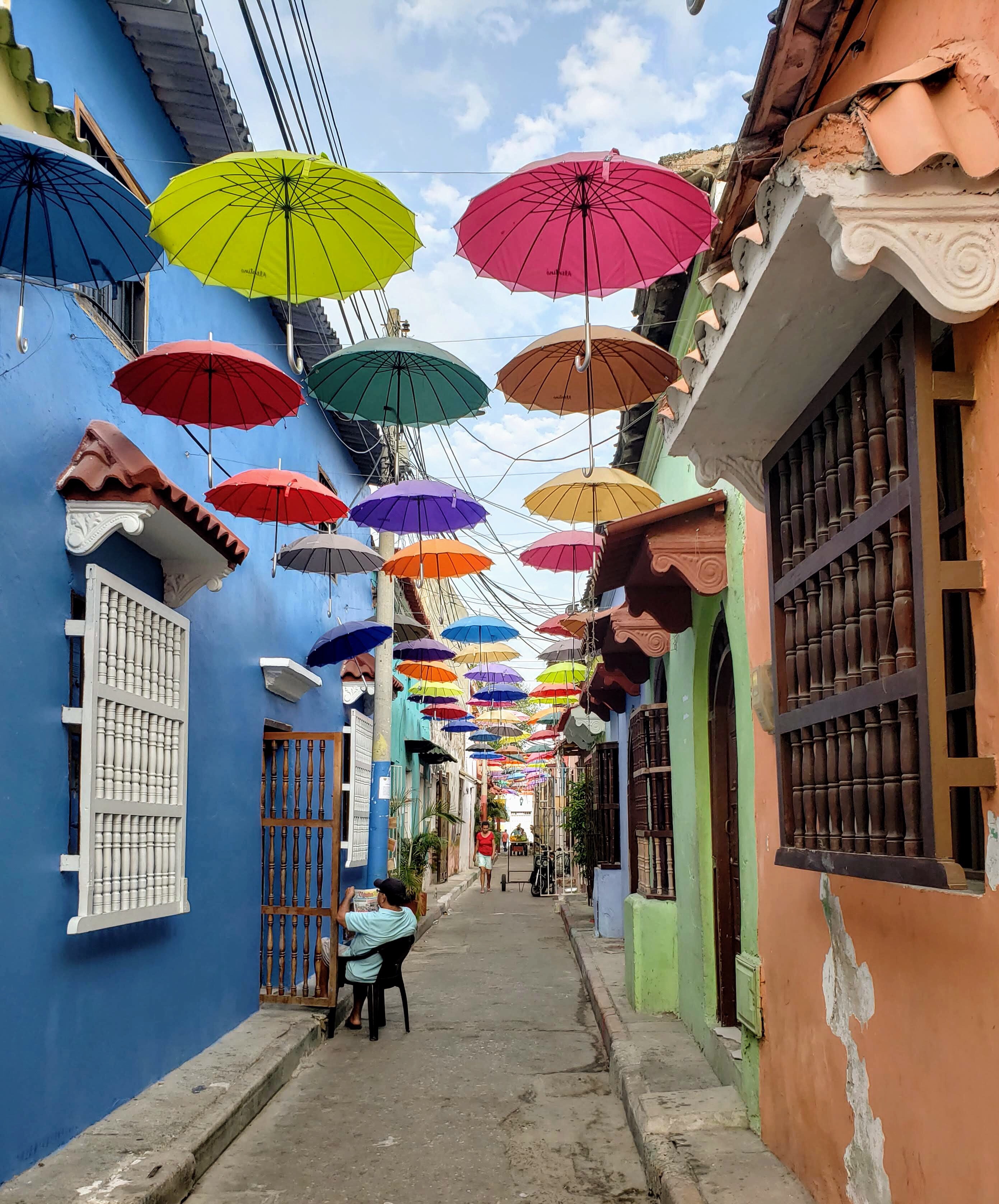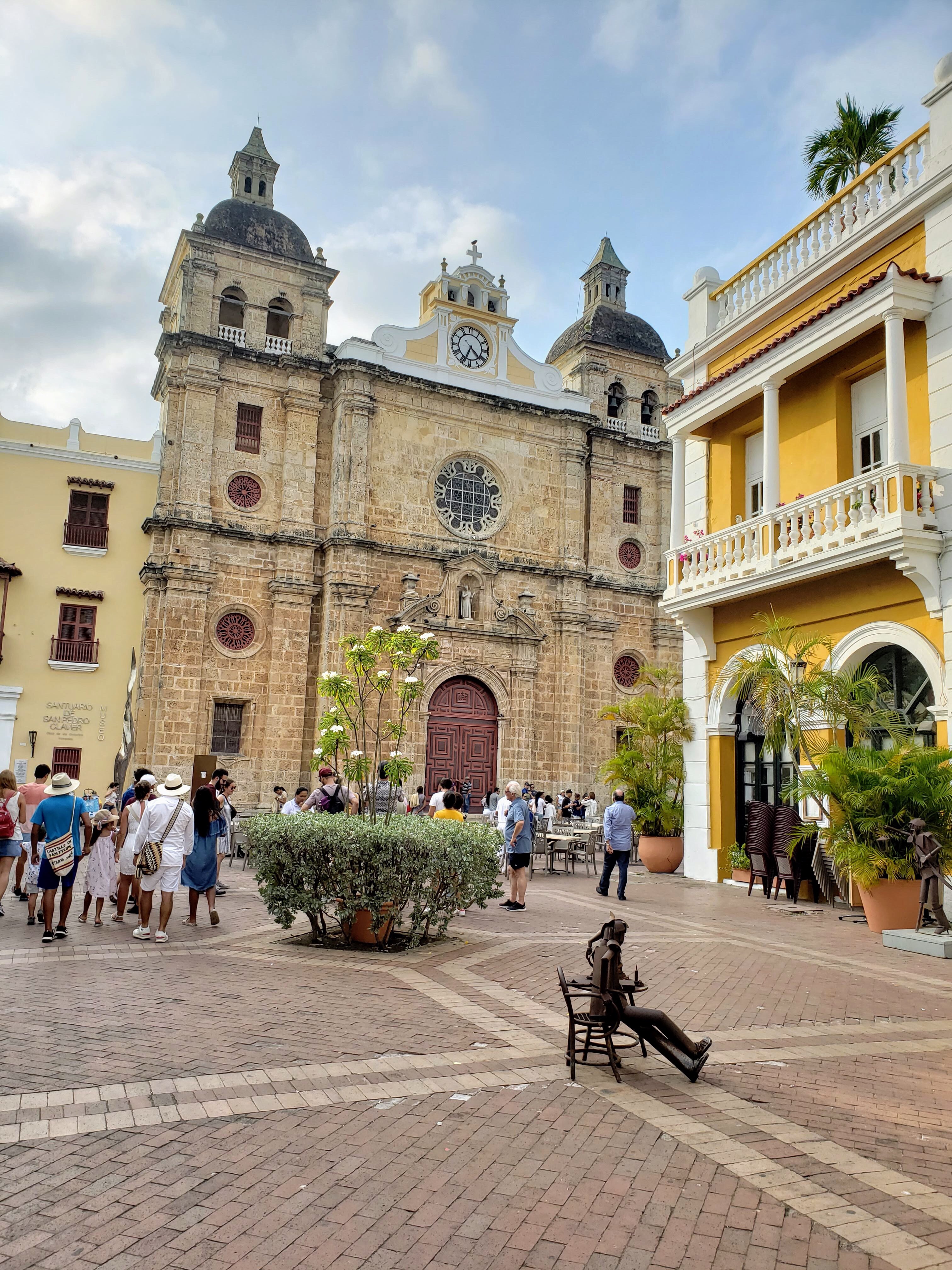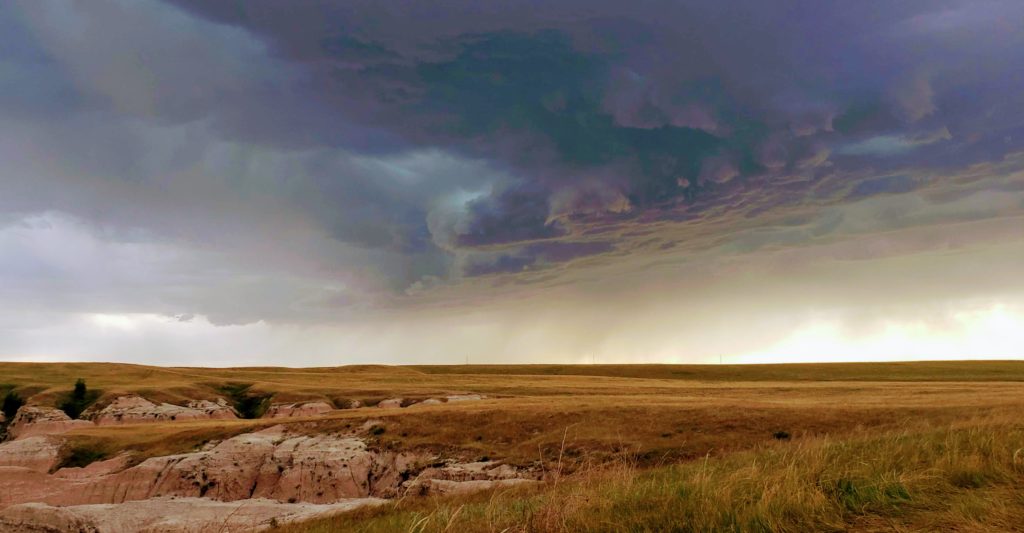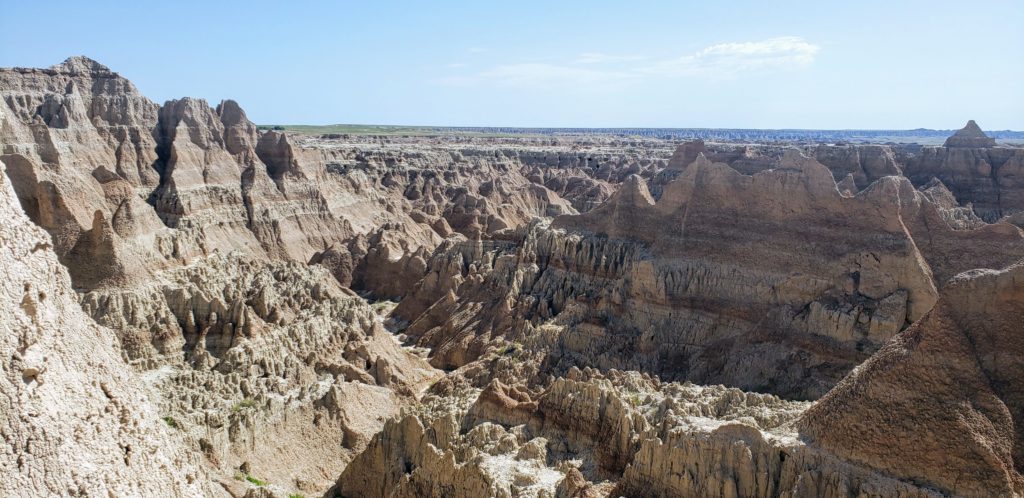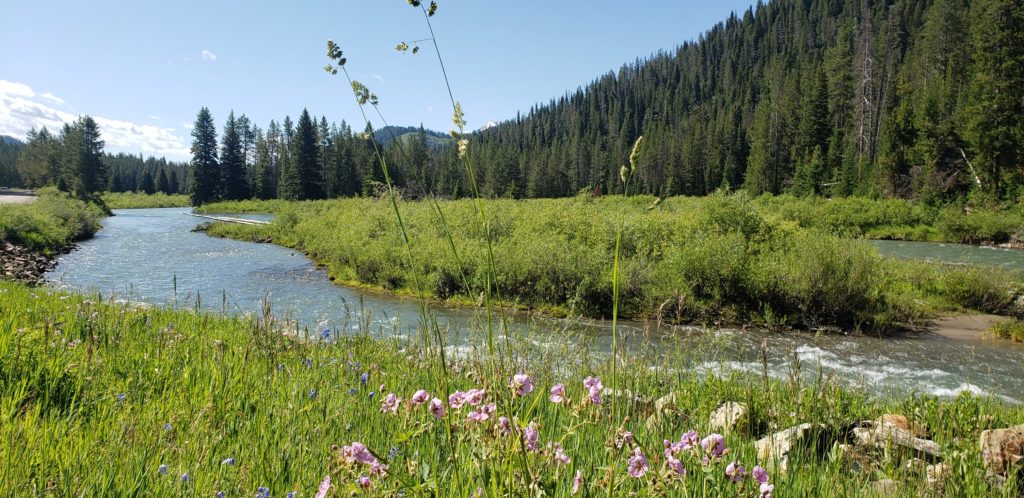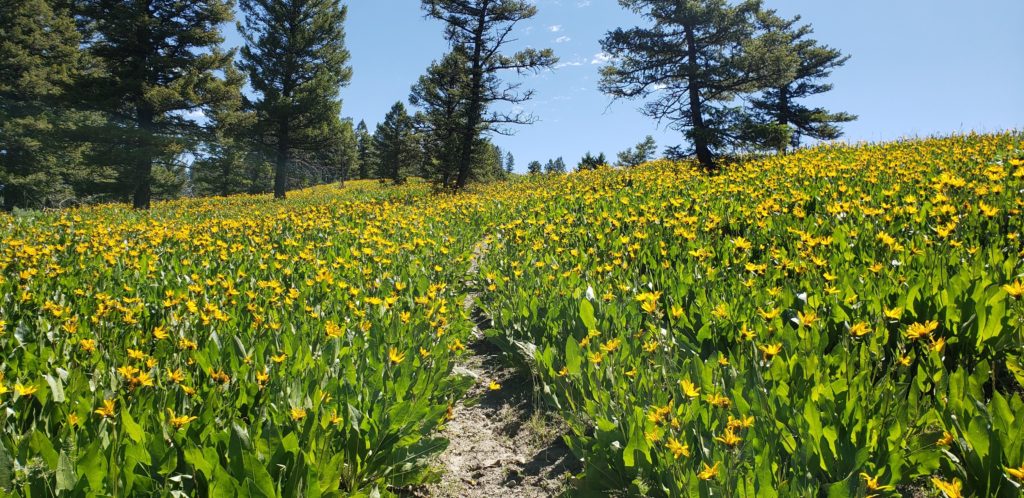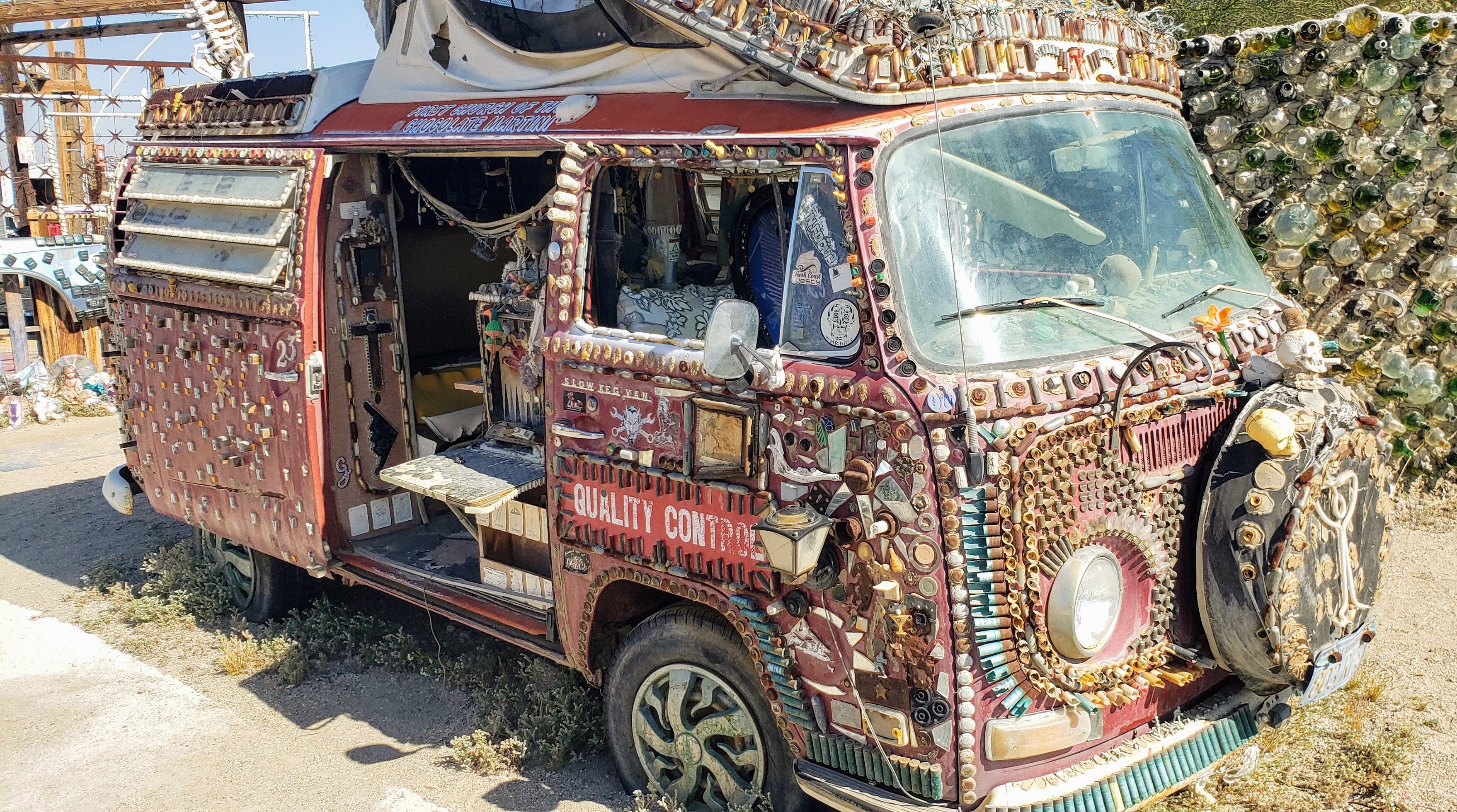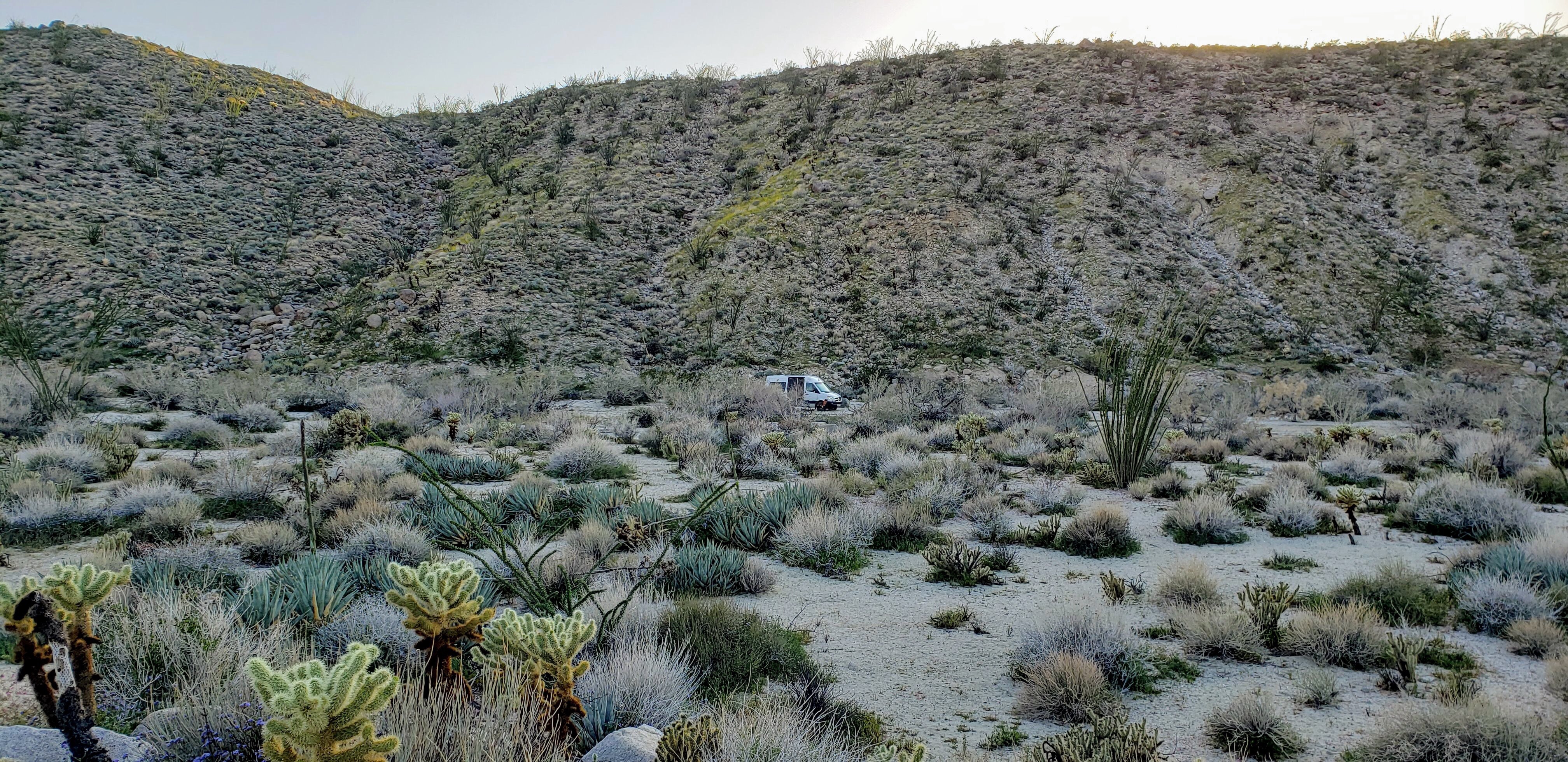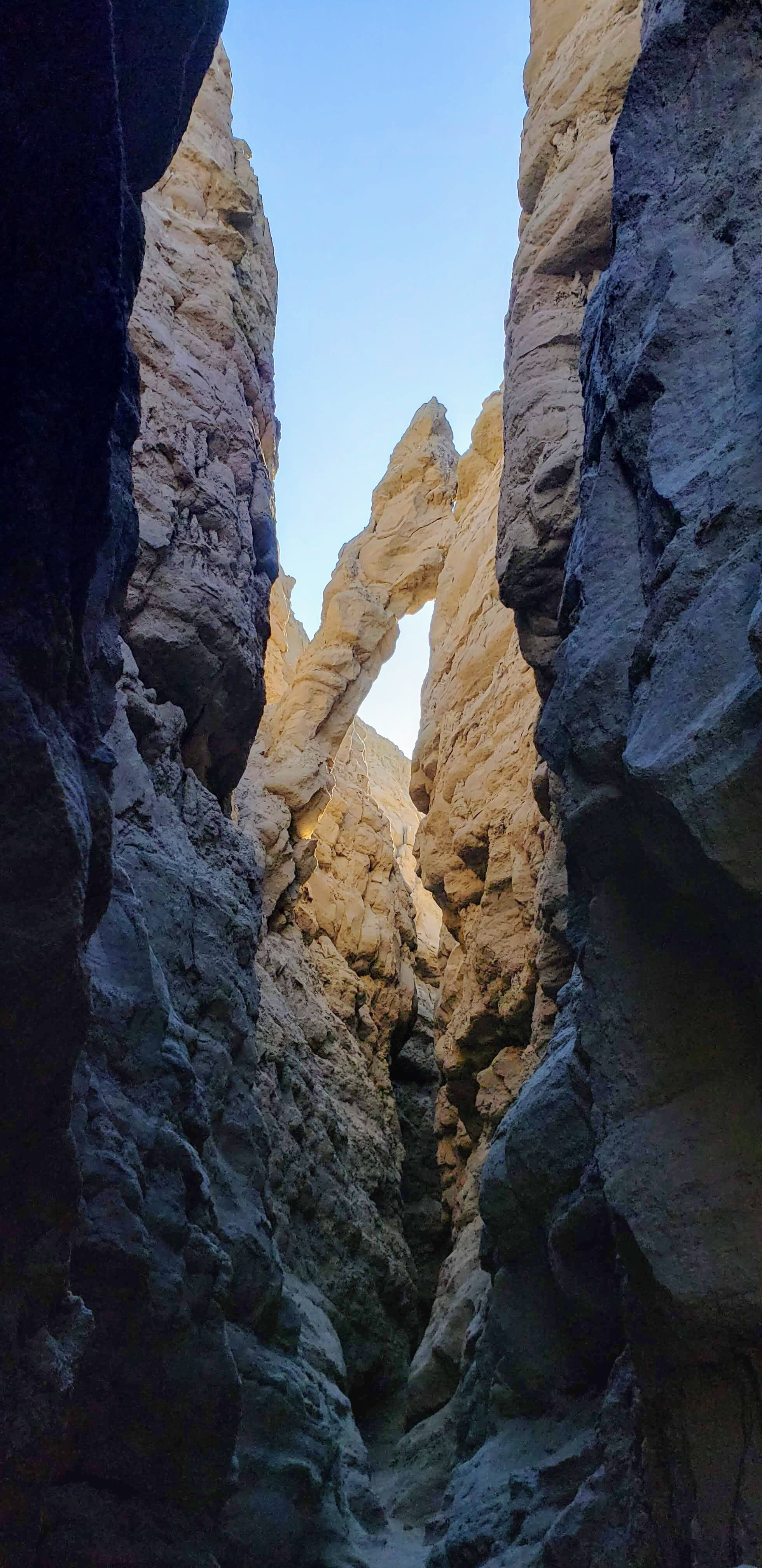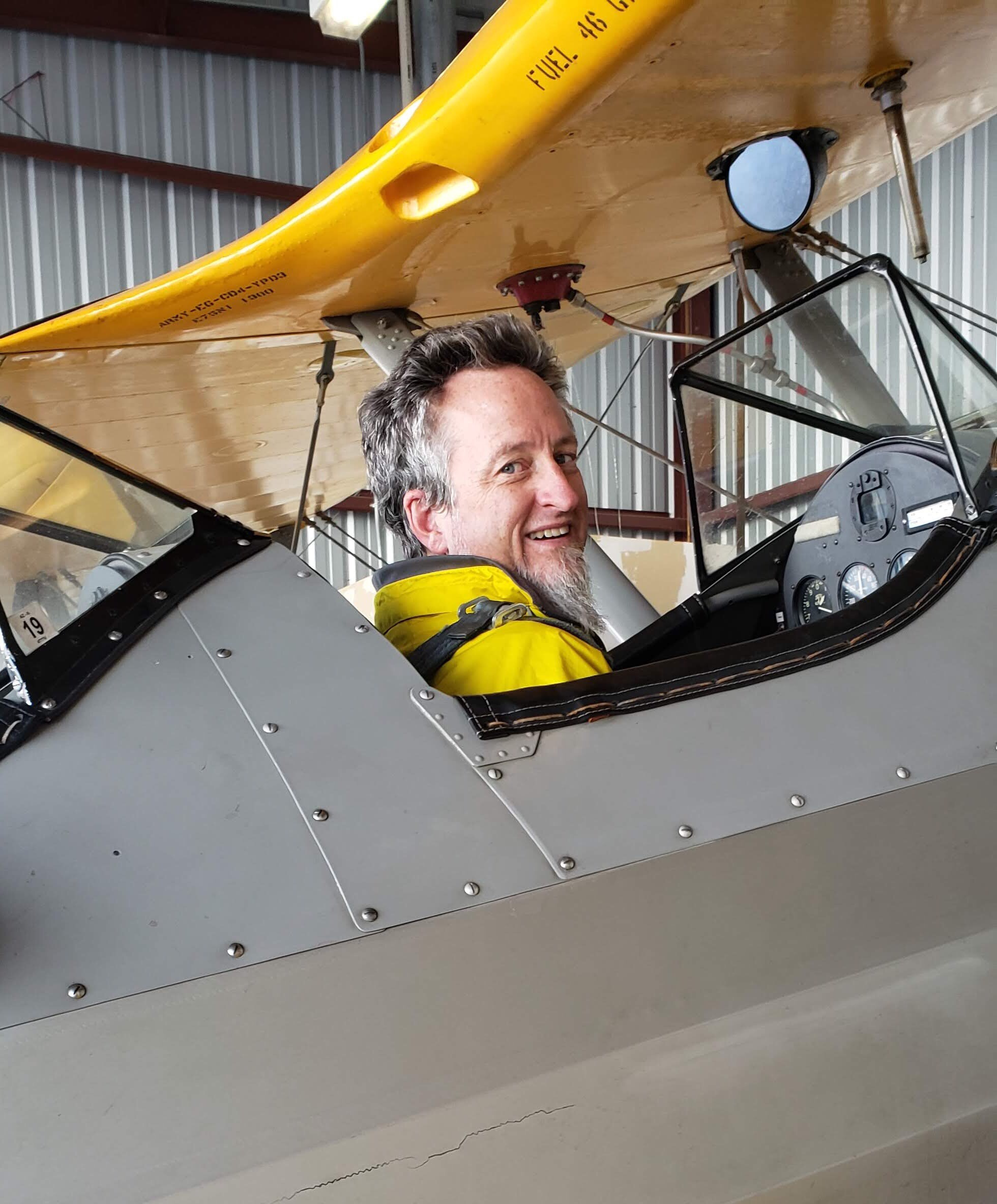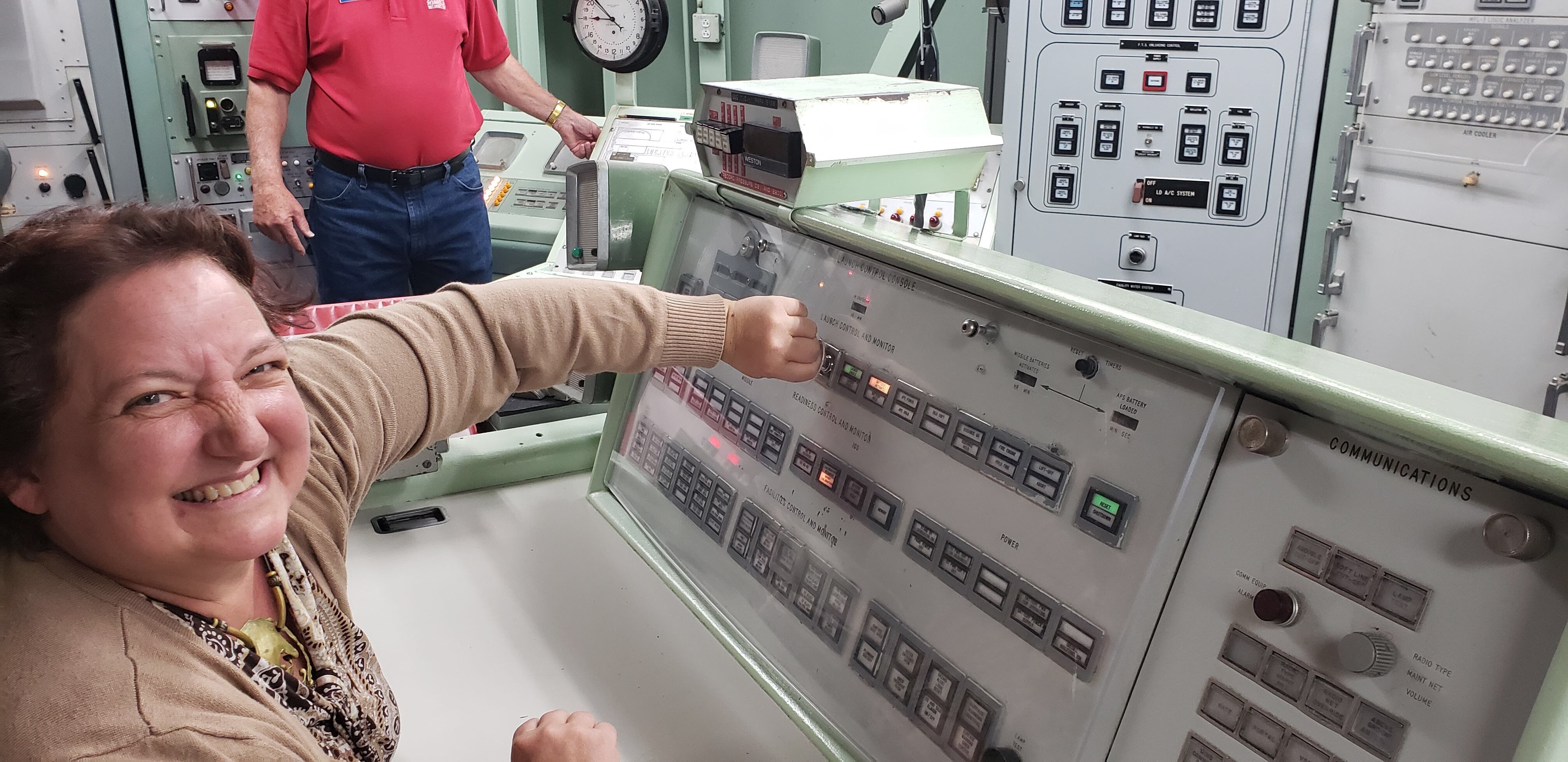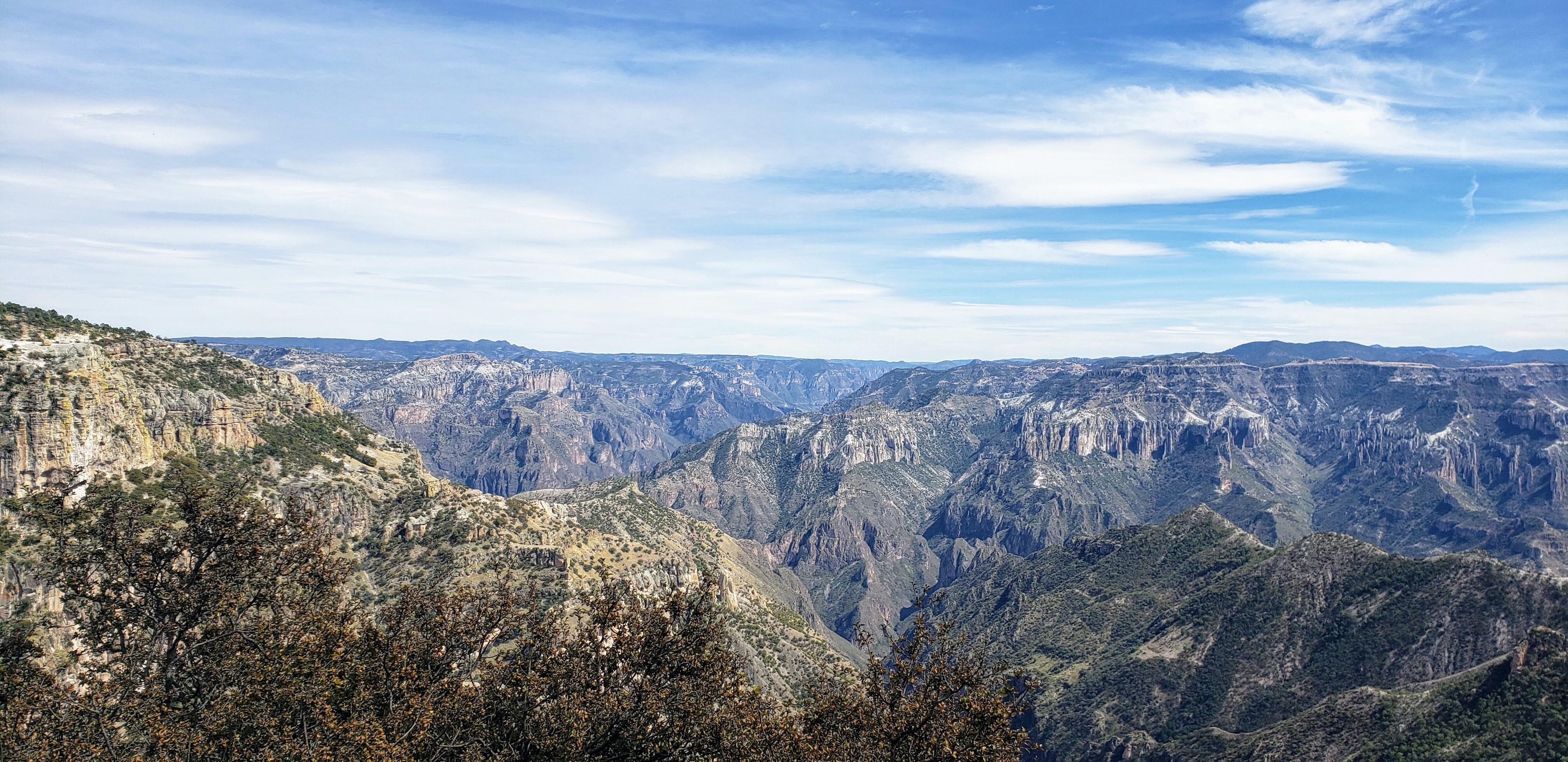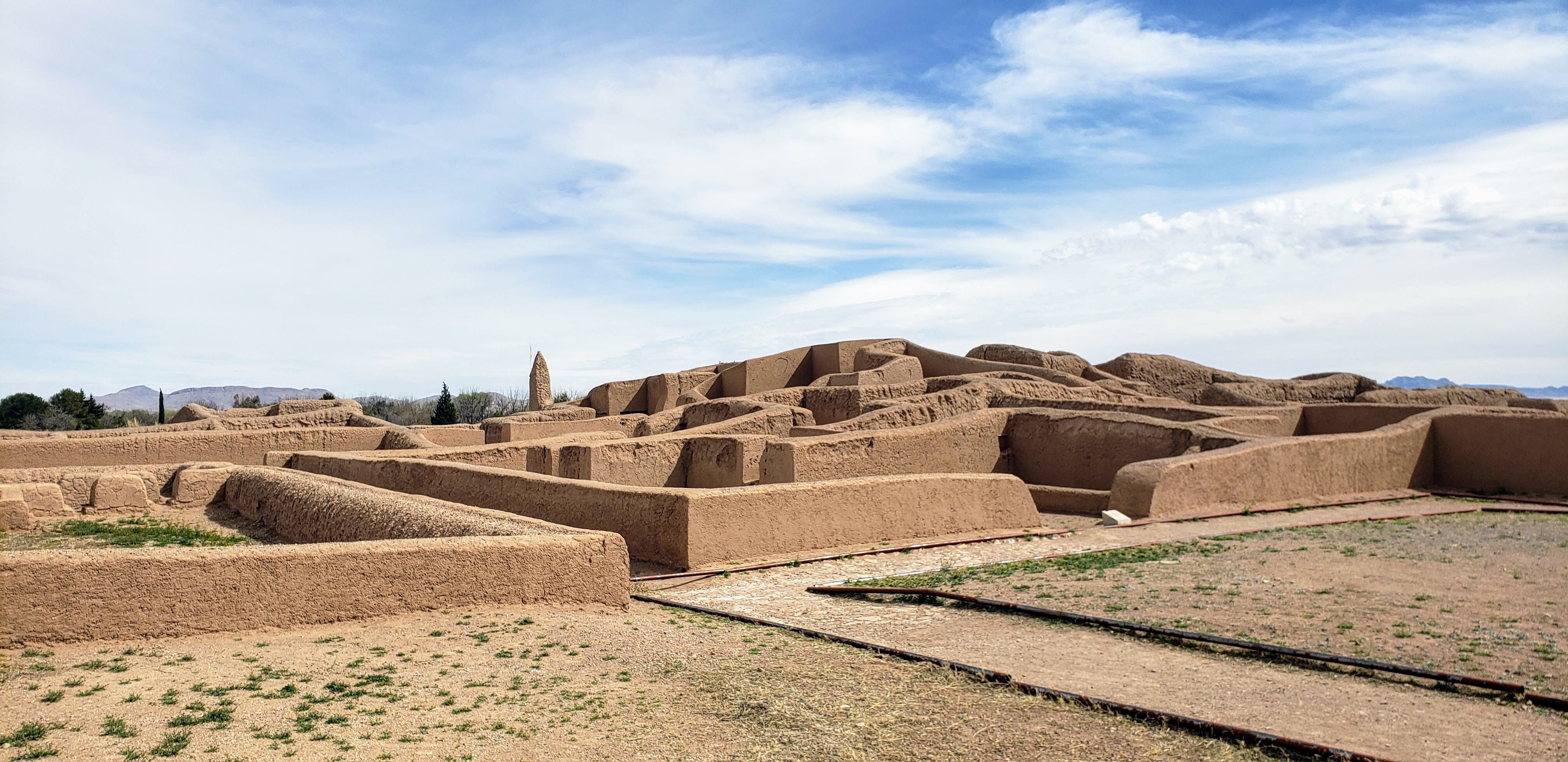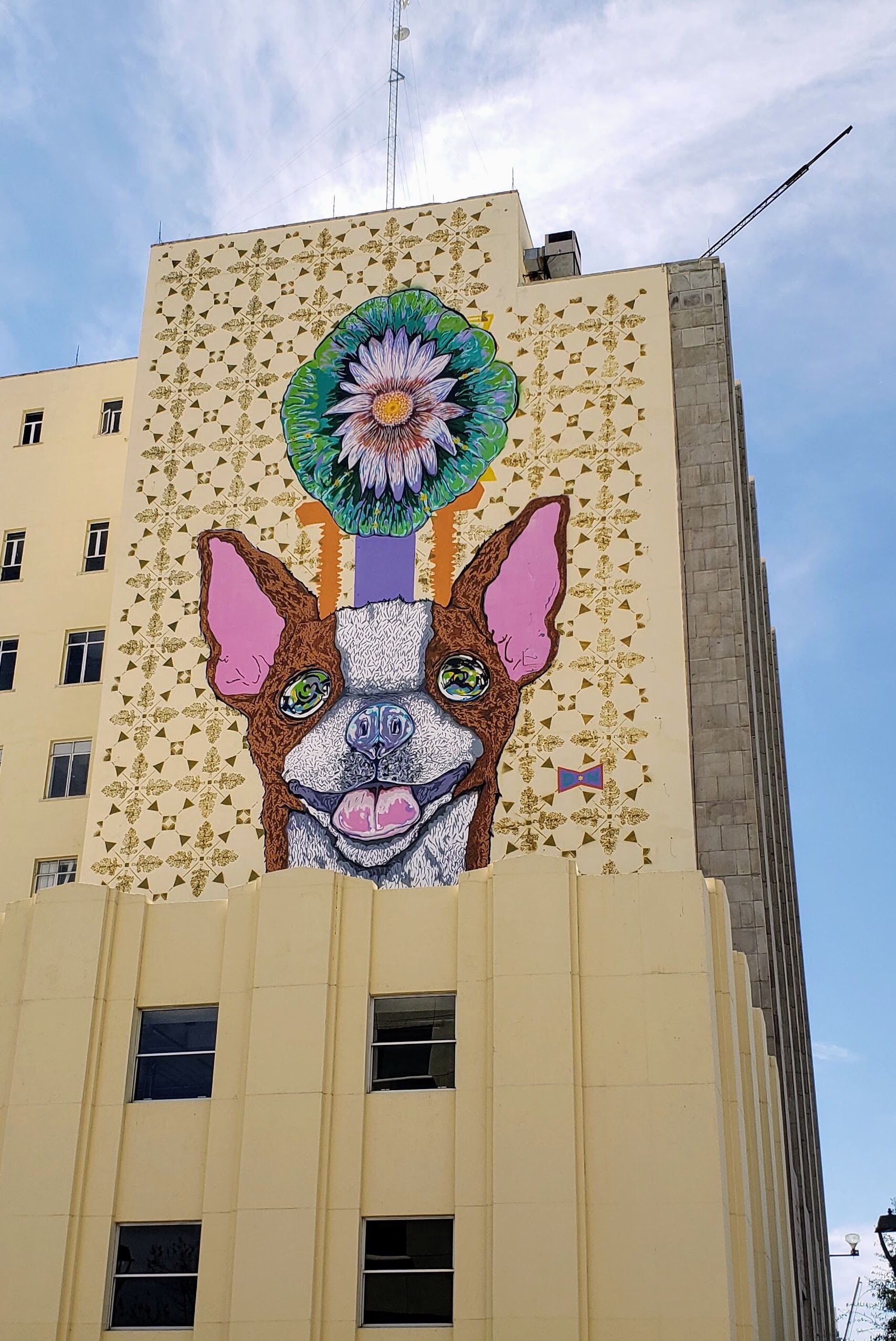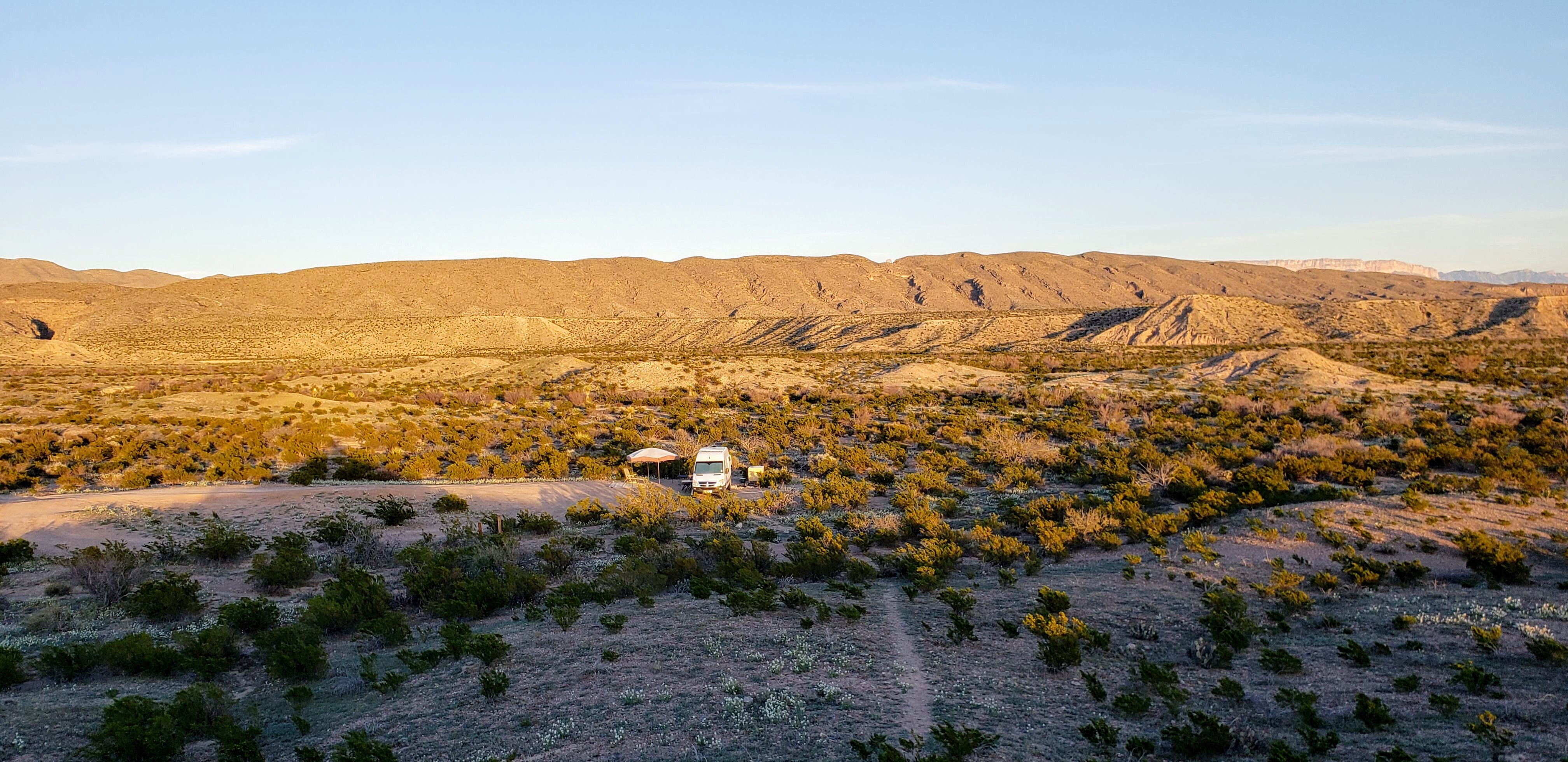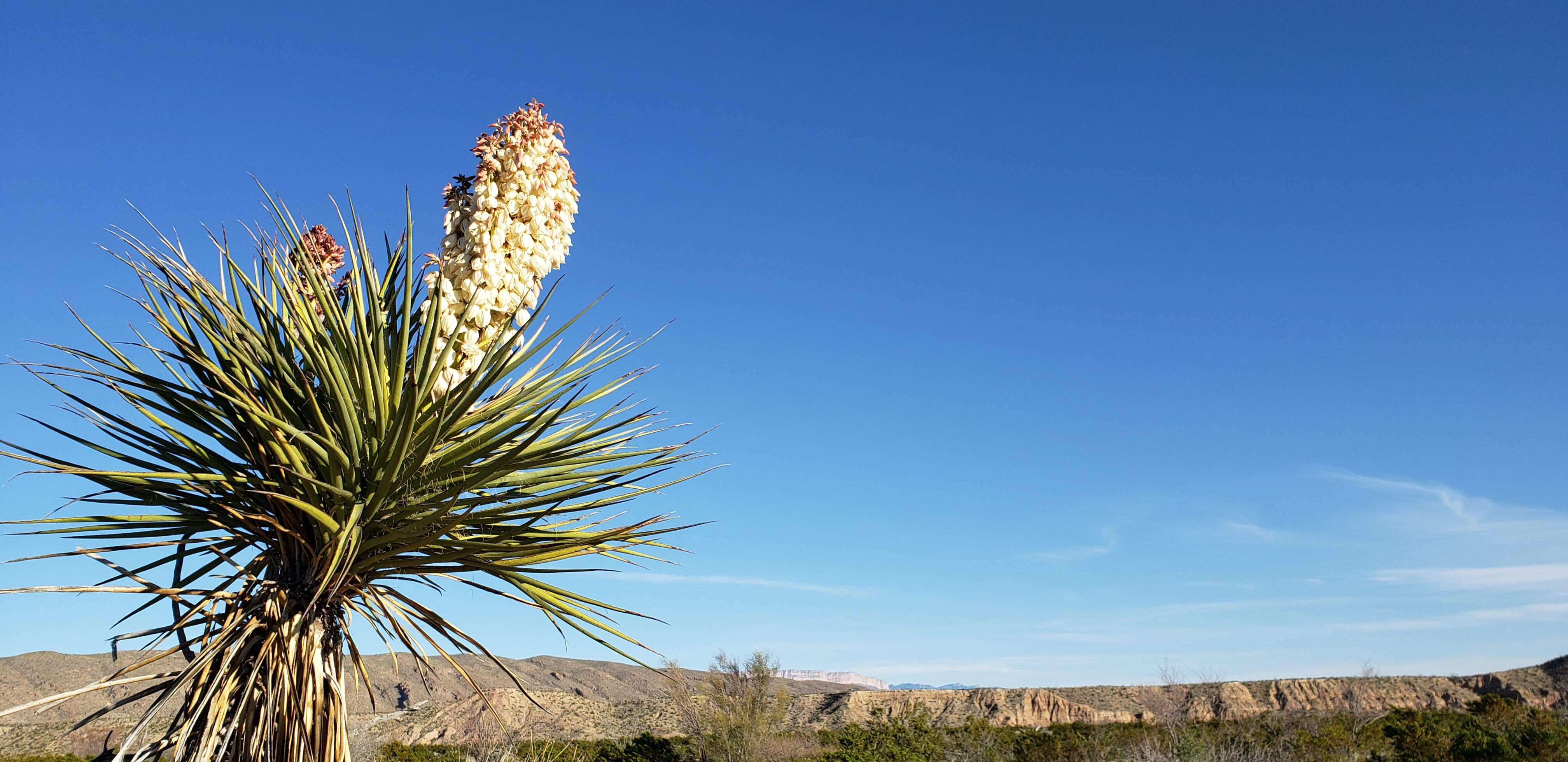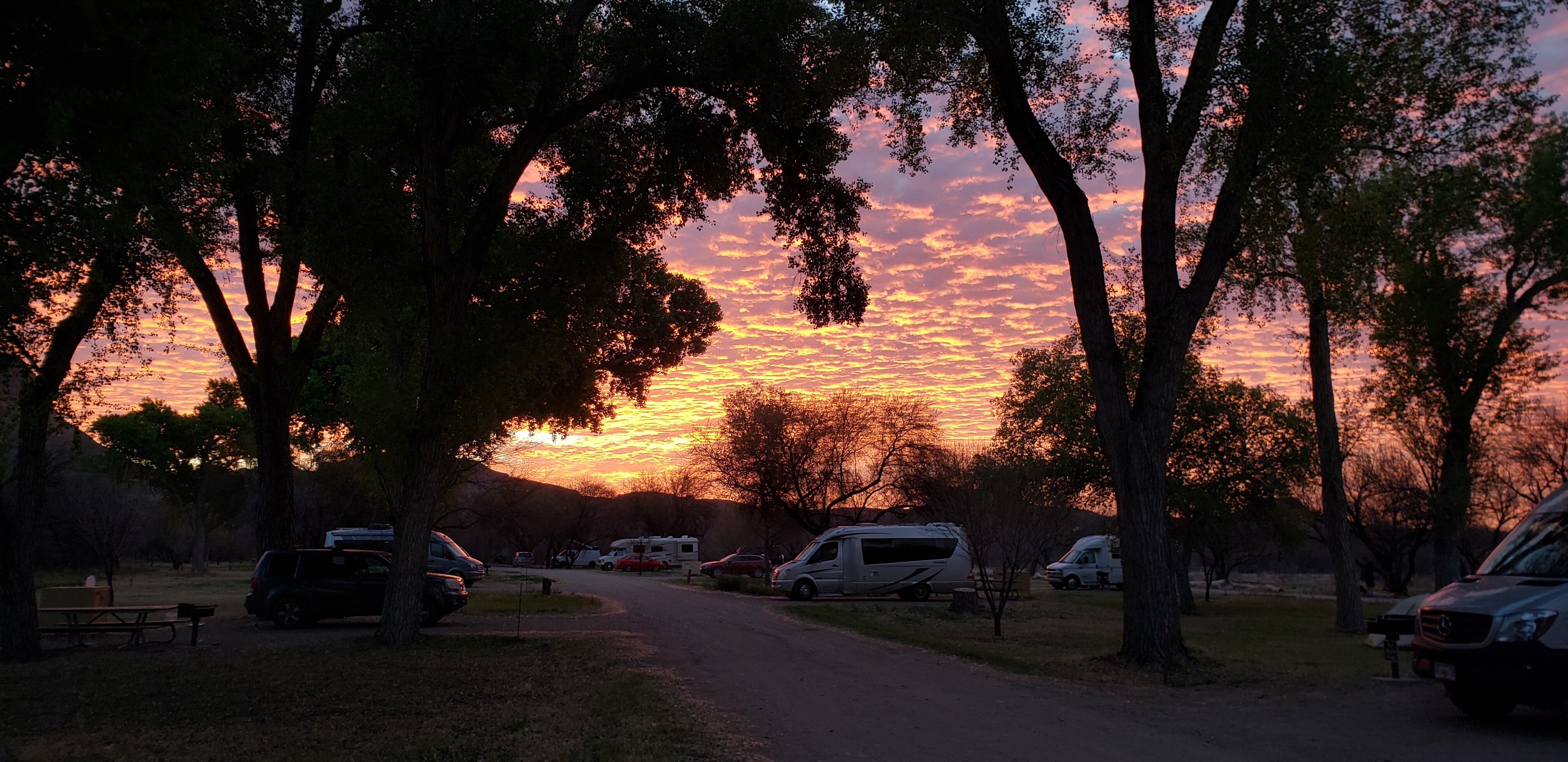Our final stop in Colombia was Cartagena, a UNESCO world heritage town on the coast built by the Spanish in the 1600’s. Cartagena has a strong Caribbean vibe, and reminds me more of Jamaica and Belize than the rest of Colombia.
Many people we met said they did not like Cartagena, but we loved it. It probably depends on where you stay. Here are the areas that tourists typically stay:
- Bocagrande: Reminds me of Miami Beach or Waikiki beach. If you like that sort of thing, there are some really cheap AirBNB apartments there.
- Old City / UNESCO zone: basically only tourists, shops, restaurants, hotels, and vacation homes. Very few people live in this part of town full time.
- Getsemani: former poor part of town, now the “hip” up and coming neighborhood.
- La Matuna: just north of Getsemani, and less touristy.
We stayed in Getsemani and loved it. I suspect most folks who didn’t like Cartagena stayed in the Old City or in Bocagrande, and got tired of the constant stream of people trying to sell you something.
Our AirBNB was on the famous ‘umbrella alley’ (Callejón Angosto), which is still full of local families that have lived here forever. Everyone hangs out on the street listening to music ’til late at night, and it was fun watching the tourists pose for pictures with the umbrellas. Instead of cars, we had donkeys, horses, and fruit carts going up and down the street. Christine made some chocolate coffee and shared it with the oldest grandma on the street.
As in most of the Caribbean, there was music everywhere. I discovered some good new (for me) bands ( thanks to the Shazam app), including Joe Arroyo (Colombia), Wilfrido Vargas (Dominican Republic), Ismael Rivera (Puerto Rico), Oscar D’Leon (Venezuela), Orquestra Broadway (NYC), Richie Ray and Bobby Cruz (NYC), and Tommy Olivencia (Puerto Rico). Yes, I realize most of the music I liked best is 30-50 years old, but what else is new. I even got to see a Wilfrido Vargas concert, which reminded me of a Tom Jones concert (a mostly old crowd who knew all the words). (Video here).
We did a mix of activities and tours, some great, and some pretty awful. Our AirBNB experience to a nearby island was really nice, except the snorkeling was bad. Brian did a great 40km bike tour with a super interesting guide whose father started the Cartegena Film Festival, the oldest film festival in South America for many years. Christine, as always, loved her cooking class. We did the WORST old city walking tour of our lives, which we snuck out of 1/2 way through because the guide was just reciting facts from Wikipedia. Maybe some of their other guides are better, but I would avoid that company for sure. We were also very disappointed with our tour to San Basilio de Palenque, which sounded really interesting, and we were told there would be demonstrations of music and dancing, but there was not.
A final comment on Colombia: Venezuelan refugees. They were everywhere! 1 in 10 Venezuelans have fled their country in the last few years, mostly to Colombia. You see them at most major intersections trying to sell snacks, wash your windows, juggle knives, anything to make a few cents. In general they never just asked for money, but offered something in return. Several even spoke English. Hopefully they will get to return soon.
Photos from this week are here.
